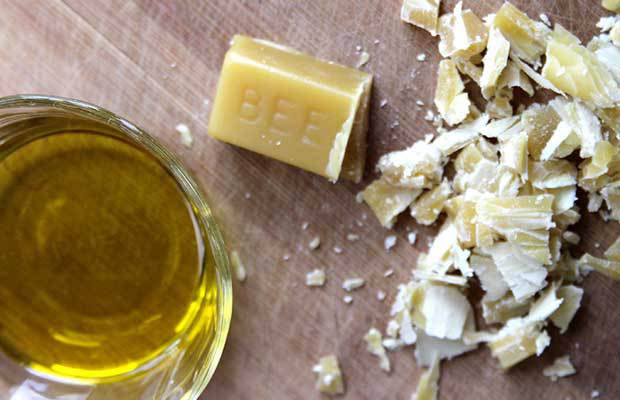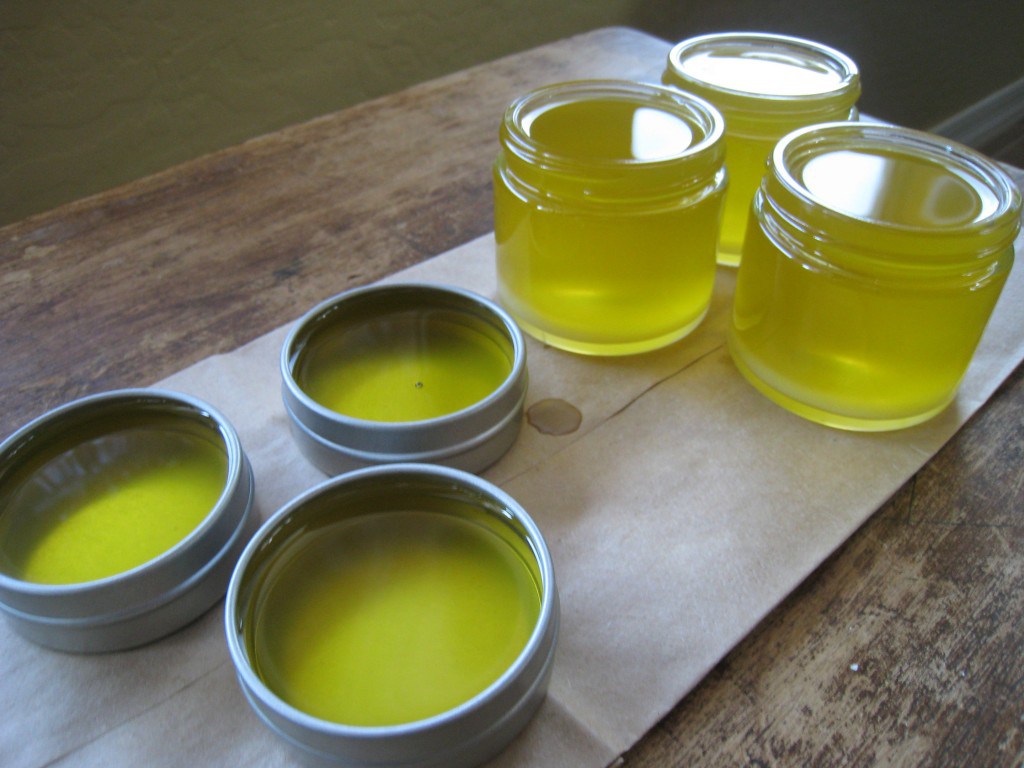Medical Planning for Disaster Scenarios
If disaster strikes, you may find yourself on your own, without recourse to the infrastructure we use to stay safe and healthy.
So you prepare for the worst. Food, water and clothes can be easy to stockpile, but what about medicine? First aid kits are available, but what if you need more? What if you or a loved one have specific, unavoidable medical needs? Medical planning should be part of your overall preparedness plans for disasters.
How to Get Started:
“Meeting medical needs during a longer term disaster can be a challenge, but having a plan is an important first step,” Mary Casey-Lockyer, senior associate of Disaster Health Services with the American Red Cross, told Healthline.
She suggests starting by talking to your doctor.
“Discussion about emergencies with the individual’s provider of medical supplies, such as an oxygen provider is also a very important proactive step,” Casey-Lockyer added. “If an individual is on a dialysis regimen, finding out what is the emergency plan for their dialysis provider is lifesaving.”
Learn Your Area’s Plan and Plan Accordingly:
Learning about community-wide disaster plans in your area can also be good idea, Casey-Lockyer and Dr. Amesh Adalja, senior associate of the University of Pittsburgh Medical Center for Health Security, said.
“One should become familiar with the local hospitals and health departments response plans, stockpiles, and recovery planning as well as their own personal needs in the context of the likely disasters that could occur in the specific geographic area they are located in,” Adalja said.
Casey-Lockyer said visiting your community’s website and speaking with your local government can tell you more about regional disaster planning.
It’s also a good idea– many agencies recommend it — to have your own comprehensive disaster plan. Having necessary medicine is only part of that planning. The U.S. Centers for Disease Control and Prevention (CDC) and Department of Homeland Security (DHS) provide advice about communication, food and water, and meeting other needs for your family during a major emergency.
For the medical component of your plan –based on what the experts told Healthline, and suggestions from federal agencies– ask yourself a few questions:
- Who might you have to care for in a disaster?
- What are their medical needs?
- How often do they need it and in what quantity?
- How do you normally obtain it and store it?
How Much Medicine Should You Have On Hand?
For specific prescriptions, having a month in reserve is a good rule of thumb, Casey-Lockyer and Adalja said. Getting it, however, can be a challenge.
Prescription limitations depend on insurance coverage, they said. An insurance company might cap at 30-, 60- or 90-day amounts, Casey-Lockyer said. Your pharmacist should know the number of doses you’re allowed.
“(Gathering a 30-day reserve) can be difficult if your insurance coverage only allows for a 30-day supply,” Casey-Lockyer said. “If that is the case, renewing your medication at the 28-day mark of the prescription might allow an individual to stockpile a couple of doses a month to build up a reserve. Even a week’s worth of reserve would be helpful.”
She said you could also request a paper prescription for emergencies, but some regions only allow doctors to write electronic prescriptions.
Keeping a written health history, current list of medications and copy of your insurance coverage with your reserve supplies is also good, Casey-Lockyer said.
Other Additions to Your Reserve:
When building your reserve, also consider more general medical needs that can be treated with nonprescription medications: pain, swelling, colds and other day-to-day discomforts.
Again ask yourself questions: what you/your family use, how much and how often, how you get it and how you store it.
If you get a first aid kit, it should have items that address these needs. They might cover fewer days or people than you want, though. Planning for long-term emergencies might require a shopping trip for some additions.
Casey-Lockyer had some suggestions for over-the-counter medicines to add to your reserve:
- acetaminophen
- ibuprofen
- aspirin for heart attack
- cold meds
- allergy relief
- antacid
- Pepto-Bismol- type medication
- anti-diarrheal med
- daily multivitamin
Keeping it Ready/Keeping it Safe:
The DHS recommends storing your whole disaster kit in a few easily transportable containers — even unused garbage cans! — with individual items in airtight plastic bags.
But Adalja and Casey-Lockyer warned that the medicine’s needs must be remembered while storing a reserve.
“Medications should ideally be stored in accordance with the manufacturer’s recommendation which will vary with each medication,” Adalja said.
Since you’re planning for possibilities, not certainties, your supplies may sit for a lengthy period before use or, hopefully, never be used in an emergency at all.
This means you’ll have to periodically replace supplies with a finite shelf life.
For the medications, Casey-Lockyer and Adalja said the expiration dates will be your guide.
Special Cases:
So what if you are faced with disaster, and you need medicines like insulin, which can require refrigeration?
Casey-Lockyer again said your healthcare providers can help.
“Many newer types of insulin coverage do not need refrigeration and the local pharmacist will have that information,” she said. “Individuals taking biologic medication should discuss with their pharmacist how (they) might store the medication during a loss of power.”
If the medication does need to be kept cold, there are products available that can do the job, she said.
The site diabetesselfmanagement.com suggests as an option the FRIO insulin cooling wallet or other device that use evaporation to keep drugs cool and has other helpful suggestions.
Having an emergency source of power to keep medications like insulin cold is vital in some homes. The Honda EU2000I 2000 Watt Super Quiet Inverter Generator is a good choice.
Adalja also suggested emergency generators or battery-powered cooling containers as way to protect medicines that must be kept cool.
The U.S. Food and Drug Administration (FDA) has specific tips for using insulin during a disaster:
- U.S. insulin manufacturers recommend refrigerating insulin between about 36 degrees Fahrenheit to 46 degrees Fahrenheit. If unopened, this insulin will remain effective until the listed expiration date.
- Insulin should be as cool as possible, but do not freeze it. If it does freeze, do not use it.
- Insulin in the original vials or cartridges can be unrefrigerated between 59 F and 86 F as many as 28 days and remain usable. This is regardless of whether the container is opened or still sealed.
- If the Insulin has been “altered for the purpose of dilution or by removal from the manufacturer’s original vial,” the FDA recommends disposal inside of two weeks.
- Extreme temperatures will cause loss of potency. The longer the exposure to temperature extremes, the greater the loss. Do not expose insulin to direct heat or direct sunlight.
- “(Exposure to extreme temperatures) can result in loss of blood glucose control over time,” the FDA states. “Under emergency conditions, you might still need to use insulin that has been stored above 86 F.”
- When a fresh supply of appropriately-stored insulin becomes available, the supply subjected to extremes should be thrown out as quickly as can be safely done.
Some Last Thoughts:
You’ll have a lot of questions when disaster planning and that’s to be expected. Fortunately, reliable resources exist to help you.
Use them, and remember basic needs like access to vital medicines. Those are a good place to start looking for the right answers. Doing so will help you develop a solid, common-sense plan on which you can depend should the worst occur.
Other Self-Sufficient Solutions And Sources Recommended For You
The Lost Ways (The vital self-sufficiency lessons our great grand-fathers left us)
Survival MD (Knowledge to survive any medical crisis situation)
Backyard Liberty (Liberal’s hidden agenda: more than just your guns…)
Alive After the Fall (Build yourself the only unlimited water source you’ll ever need)
The Lost ways II (4 Important Forgotten Skills used by our Ancestors that can help you in any crisis)
The Patriot Privacy Kit (Secure your privacy in just 10 simple steps)
If disaster strikes, you may find yourself on your own, without recourse to the infrastructure we use to stay safe and healthy. So you prepare for the worst. Food, water and

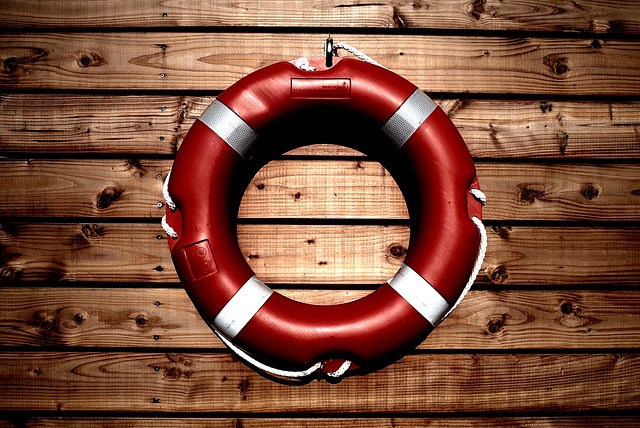


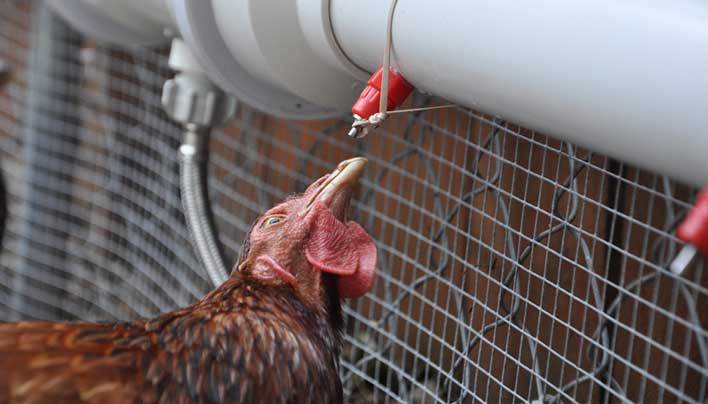


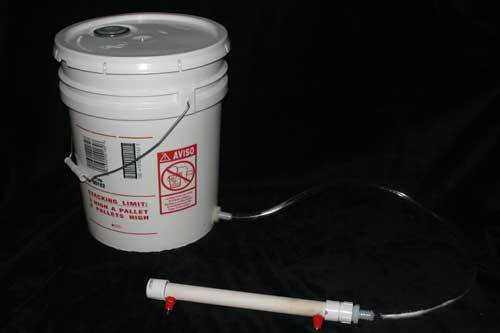

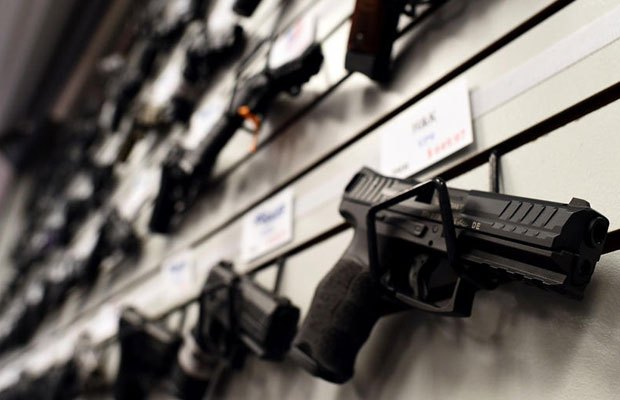
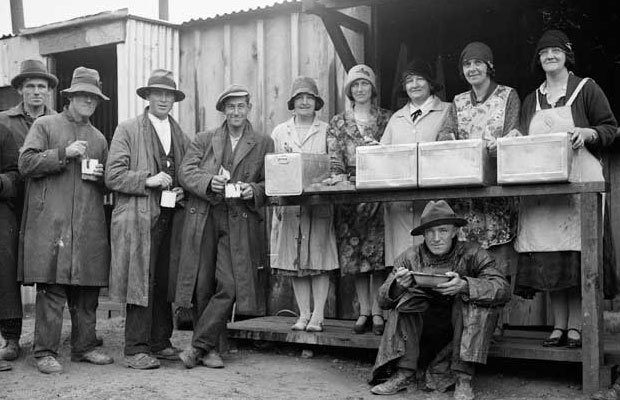










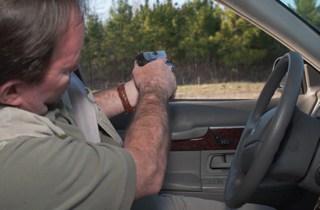
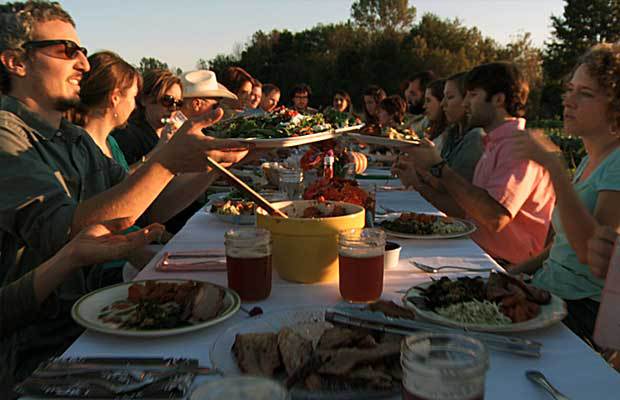
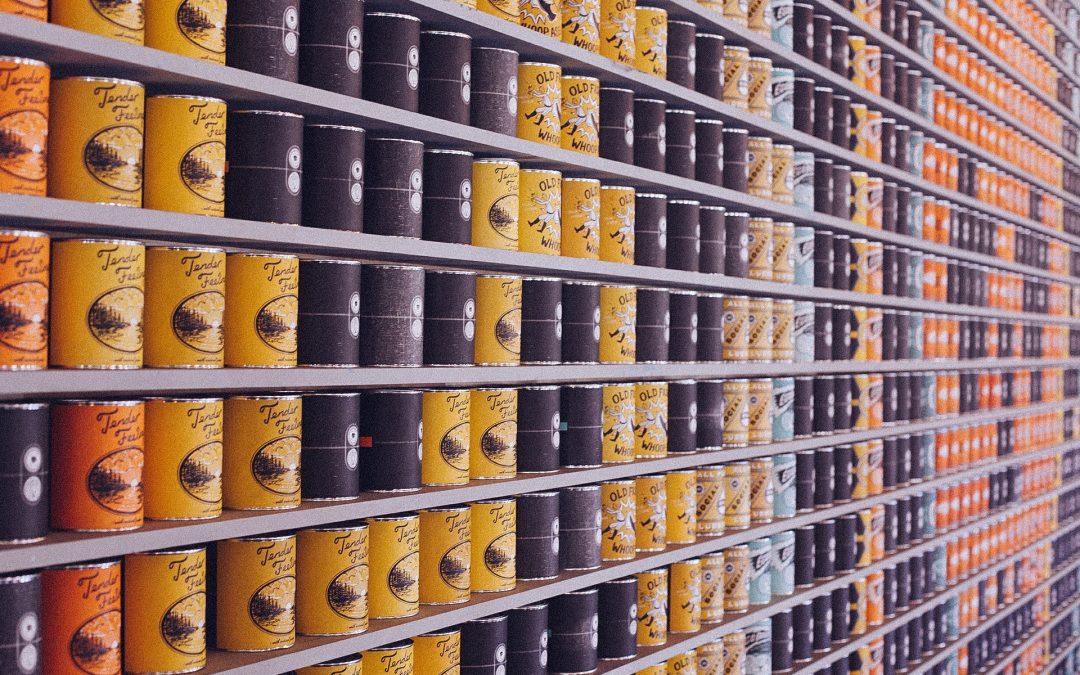


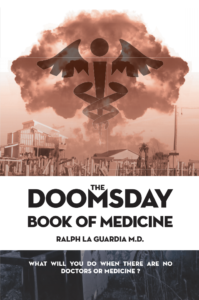
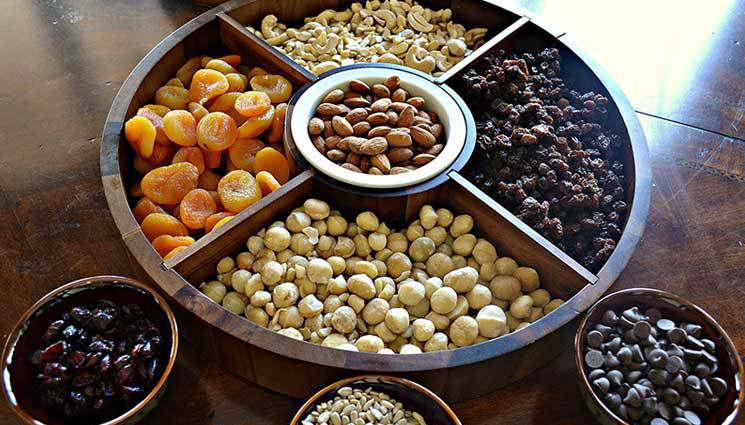

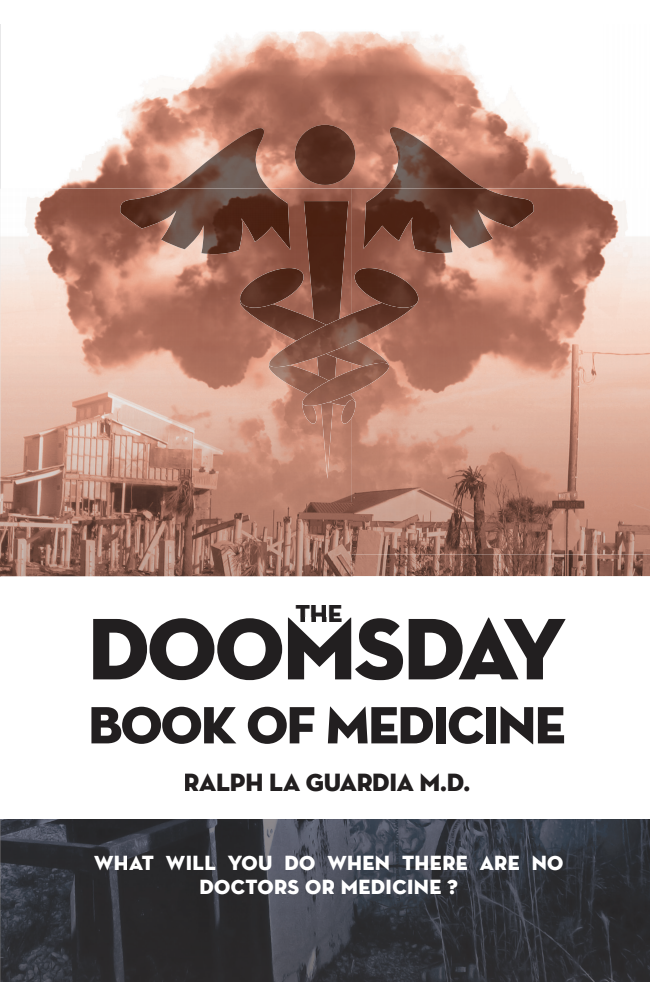




![grease-pencil[1]](https://www.finalprepper.com/wp-content/uploads/2016/07/grease-pencil1.jpg)
![sewing-scissors[1]](https://www.finalprepper.com/wp-content/uploads/2016/07/sewing-scissors1.jpg)
![contact-paper-sheets[1]](https://www.finalprepper.com/wp-content/uploads/2016/07/contact-paper-sheets1.jpg)
![chalkboard-spray-paint-1[1]](https://www.finalprepper.com/wp-content/uploads/2016/07/chalkboard-spray-paint-11.jpg)
![dry-erase-ultra-fine[1]](https://www.finalprepper.com/wp-content/uploads/2016/07/dry-erase-ultra-fine1.jpg)
